The two most depressing words in contemporary classical music? That’s easy: holy minimalism. I know, I know. Lots of people love the stuff, and I wish them joy. But the notion that one simply jettisons the whole western tradition of struggle, of purpose, of wholehearted emotional argument — and that the greatest and most crucial of human questions can be answered by a mush of soothing stylistic mannerisms — well, I’ve tried and so far I just can’t do it. I can’t simply tune in and drop out amid a haze of Yankee Candle harmonies. I hear those static choral clusters and watery melismas, and it feels like being suffocated in velvet. Silently, the spirit begins to scream.
Sir James MacMillan’s huge new Christmas Oratorio is pretty much the exact opposite of all that. It’s vigorous, unsentimental and completely unapologetic — a royal feast for a celebration on a cosmic scale. And how! The table overflows, with MacMillan’s teeming influences functioning not as sonic fancy dress but as guests at the banquet, very much alive and doing what they’ve always done, with renewed power. Bach is the most obvious presence: the Oratorio’s evening-long span harks back to Johann Sebastian’s own gloriously over-filled Christmas Oratorio. But you’ll also bump into Holst, Britten, Haydn and Beethoven, all glass in hand and delighted to see you. There are raucous shouts from Janacek and sudden, blinding glimpses of Olivier Messiaen. It goes further: when MacMillan alludes to plainchant, it’s never in inverted commas. It’s urgent and unselfconscious. He means it, and you can tell.
Holy maximalism, then? I wouldn’t want to give the impression that the Christmas Oratorio is some sort of blow-out. It’s generous — sometimes overwhelmingly so — but never profligate. The 14 movements form two palindromic cycles of arias and choruses, each framed by orchestral sinfonias (the baroque terminology is intentional). MacMillan is willing to stare directly at both horror (anvil blows begin and end a forceful choral narration of the Massacre of the Innocents) and mystery. The luminous final chorus — an old Scottish cradle song, rocked by a glinting solo harp — will surely go on to have an independent existence as a seasonal staple.
It deserves to, and throughout the Oratorio MacMillan doesn’t hesitate to do the obvious thing where to do otherwise would simply obscure the musical narrative. A solo violin dances a wild jig, and if the story (MacMillan’s text draws on ecstatic verse by John Donne and the martyred poet Robert Southwell, as well as scripture) requires angelic fanfares, we hear fanfares. But we also hear apocalyptic dissonances; a representation of something which, for a believer like MacMillan, is simply an unignorable truth.
That was my abiding impression: a composer of immense experience and imagination relaying something unambiguously real with every means at his disposal. Easy enough to ground your art in the certainties of the past or an appeal to the future. MacMillan’s Christmas Oratorio brings both together in a work that speaks immediately to the present — which is why I suspect it might endure. The world première was given in Amsterdam last month, with MacMillan himself conducting the orchestra and chorus of Netherlands Radio, and soloists Mary Bevan and Christopher Maltman striving to outdo each other in conviction and tonal beauty. With luck and a falling R-number, it’ll be performed in London next Christmas, but I reckon we need this music right now. The Dutch radio broadcast is available to stream, and the libretto and score can be read free of charge on the Boosey & Hawkes website.
Back in the UK, the concert promoters at St Martin-in-the-Fields managed to bank a few filmed performances before the shutters slammed down, and they’re releasing them online. The first features the London Mozart Players, directed from the violin by Ruth Rogers in two sets of musical seasons, Astor Piazzolla’s Buenos Airescycle and Roxanna Panufnik’s Four World Seasons of 2011. Again, there’s a feeling of generosity about the whole enterprise — the players in their cheerful red and black outfits (they perform standing up), Rogers’s smiling, lightly worn virtuosity and the string orchestra sounding juicy enough to squeeze in the church acoustic.
A little Piazzolla goes a long way, and the LMP uses Leonid Desyatnikov’s now-standard version for string orchestra, which mixes Piazzolla’s soulful tango melodies with extended quotes from Vivaldi’s Four Seasons. Rogers and her players have a lot of fun with those. Panufnik casts her net wider: a series of landscape sketches from Albania, Tibet, Japan and India (accusations of cultural appropriation being less of a thing ten years ago), by turns lush, playful and brilliantly extrovert. ‘Spring in Japan’, in particular, is a zinger — a vision of cherry trees as if accelerated by a timelapse camera, with sap hurtling up through the orchestra and violins exploding into blossom. Raw optimism, in a winter that can’t end soon enough.
Got something to add? Join the discussion and comment below.
Get 10 issues for just $10
Subscribe to The Spectator Australia today for the next 10 magazine issues, plus full online access, for just $10.
You might disagree with half of it, but you’ll enjoy reading all of it. Try your first month for free, then just $2 a week for the remainder of your first year.

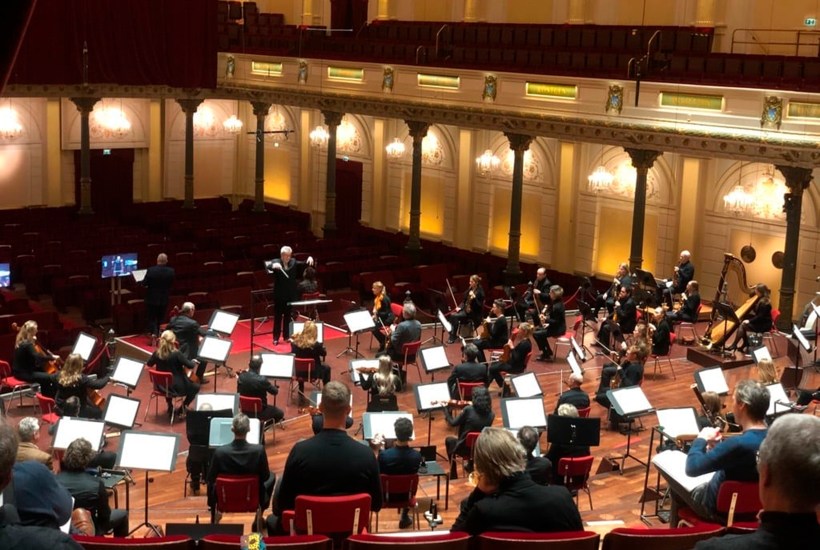
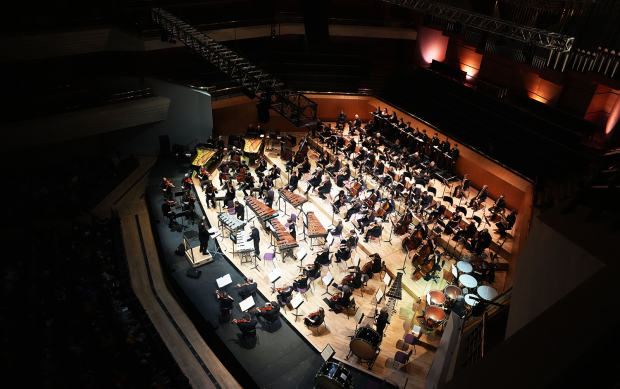
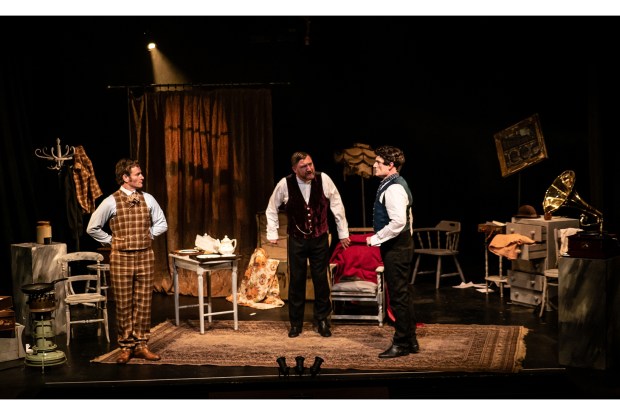
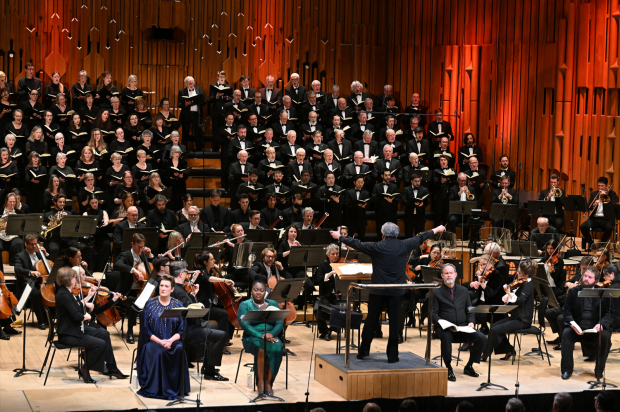
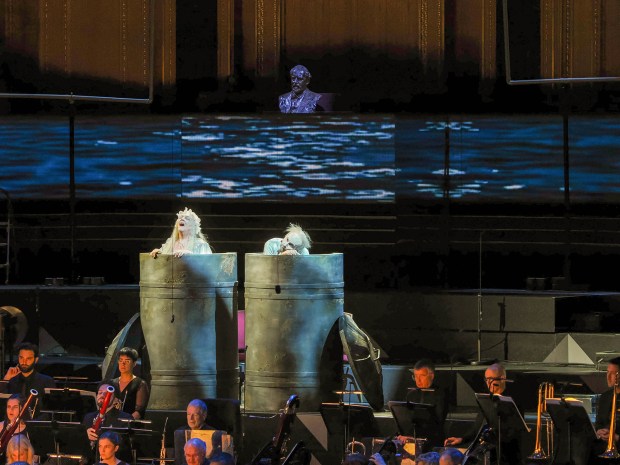
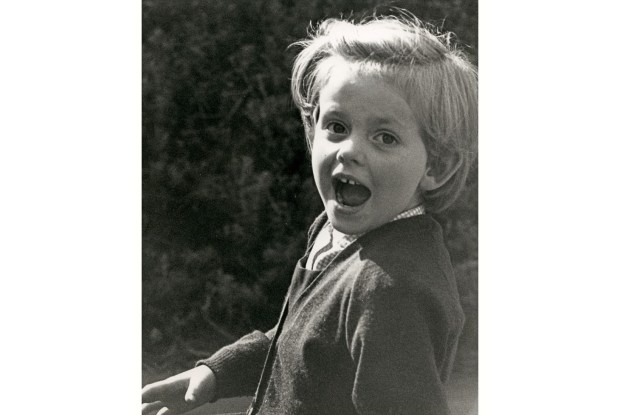
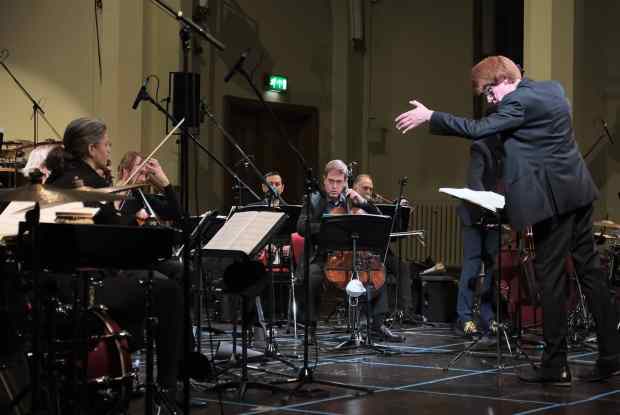






Comments
Don't miss out
Join the conversation with other Spectator Australia readers. Subscribe to leave a comment.
SUBSCRIBEAlready a subscriber? Log in